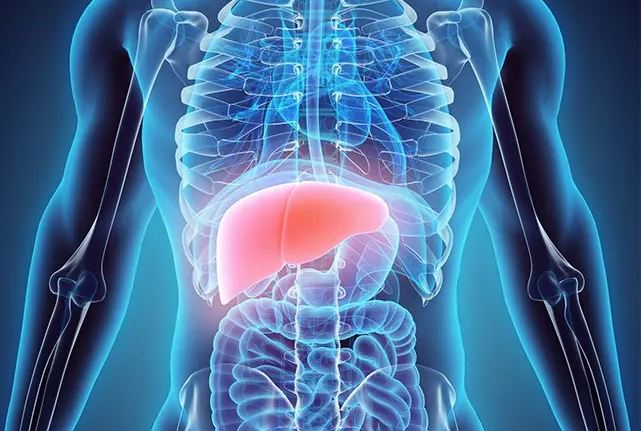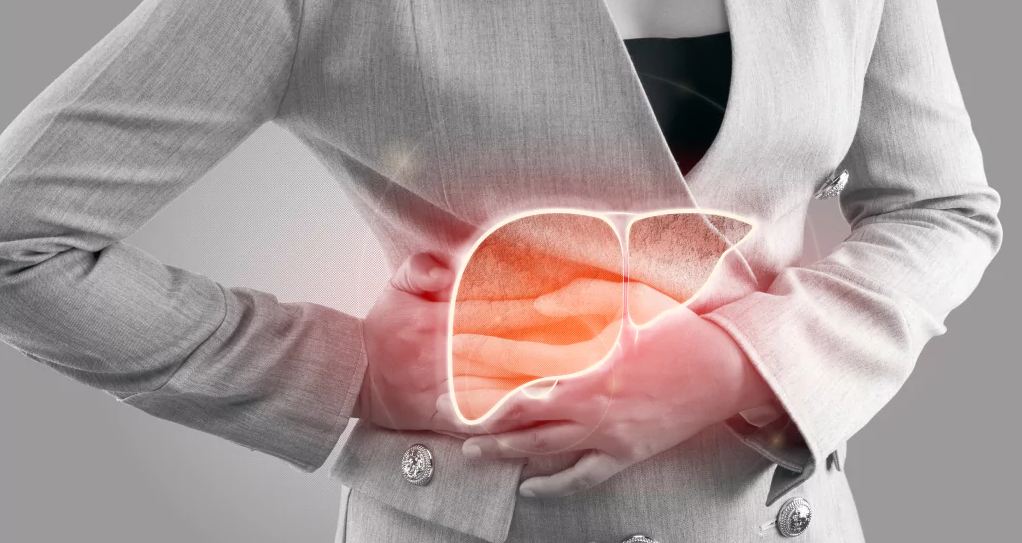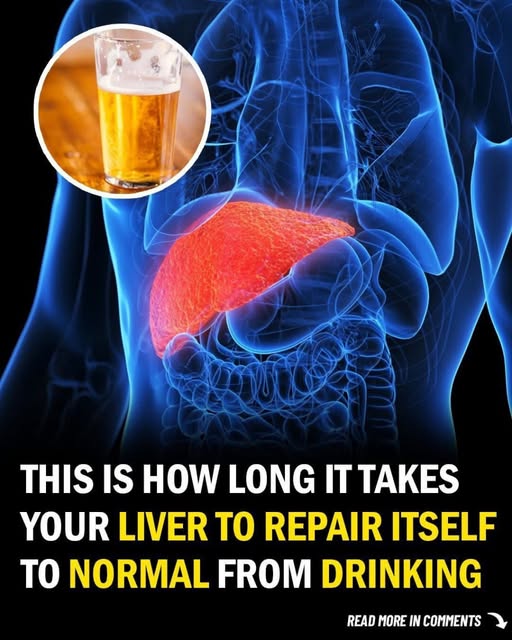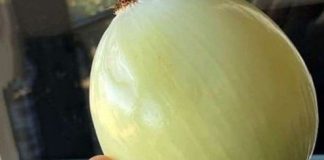Your liver is performing over 500 vital roles, from filtering toxins to aiding digestion and blood clotting. When alcohol is introduced, it prioritizes breaking down ethanol, sidelining critical functions. Chronic drinking leads to inflammation, fat buildup, and cellular injury.
24–48 Hours: A Moment of Relief
Within the first day or two, your liver begins detoxifying. Toxic alcohol molecules are expelled, inflammation markers decline, and normal metabolic processes resume.

One Week: Feel the Shift
By day seven, many people notice improved sleep and energy. The liver is no longer overtaxed, inflammation ebbs, and energy production is more consistent. Digestive issues—like bloating and indigestion—also begin to dissipate
Two Weeks: Dropping Fat and Blood Markers
Come day 14, your liver often starts to shed fatty deposits. This means better lipid metabolism and nutrient absorption. Blood tests may show reduced liver enzymes (ALT, AST), indicating early recovery
One Month: Significant Reversal
At thirty days alcohol-free, your liver may have noticeably shrunk if previously enlarged. Enzyme levels typically normalize further. Energy and mental clarity improve, and the immune system becomes stronger
Three Months: The Transformation Phase
Around 90 days marks a major turning point. Inflammation and fat levels drop significantly. Many report clearer skin, enhanced cognition, stable moods, and consistent stamina. The liver’s protein production and blood pressure regulation are also revitalized .
Six Months to One Year: Long-Term Healing
Recovery continues slowly beyond three months. Some scar tissue may heal, though advanced cirrhosis is often irreversible. Still, blood markers, metabolic health, and disease risk improve. Alcohol tolerance may diminish, and remaining liver tissue functions more efficiently
Visible Signs of Recovery
- Brighter skin and reduced puffiness: Improved toxin filtration leads to clearer complexion and fewer breakout
- Stable blood sugar and energy: With a healthier liver, blood sugar stabilizes, reducing fatigue and intense sugar cravings
- Normal blood pressure: As liver function recovers, blood pressure lowers, aiding overall cardiovascular health.
- Enhanced digestion: Digestive issues like bloating and irregular bowel movements typically improve.
- Reduced swelling: As albumin production improves, edema and ascites diminish.
- Sharper brain function: Detoxified blood and balance restoration lead to greater mental clarity and focus
- Stronger immunity: With improved unfiltered circulation and protein synthesis, your immune system rebounds .
What Influences Healing?
Recovery speed depends on:
- Drinking amount and duration
- Age and baseline health
- Nutrition, hydration, exercise
- Presence of other conditions like diabetes
Boosting Your Liver’s Comeback
- Stay hydrated – Helps flush out toxins
- Choose a liver-friendly diet – Whole foods, lean proteins, antioxidants, limited sugar/fat
- Exercise regularly – Enhances circulation, reduces liver fat
- Avoid continued alcohol – Essential for repair
- Supplement and support – Milk thistle and multivitamins may aid recovery .
When Damage Is Advanced
Scarring from cirrhosis may be permanent. But abstinence halts progression, allowing the remaining liver to function optimally.

Closing Thoughts
The liver is a resilient organ capable of profound regeneration. Positive changes often begin within days, with major healing between one and three months. Though long-term damage might persist, abstaining from alcohol, improving lifestyle, and adhering to health advice offers a meaningful path to healing. Listen to your body—recovery is possible one step at a time.

















